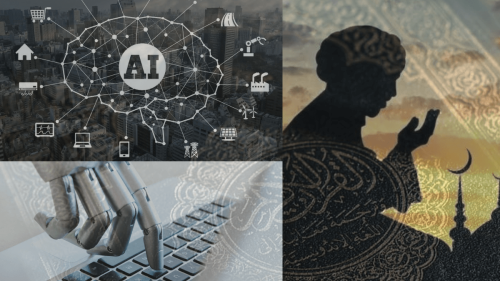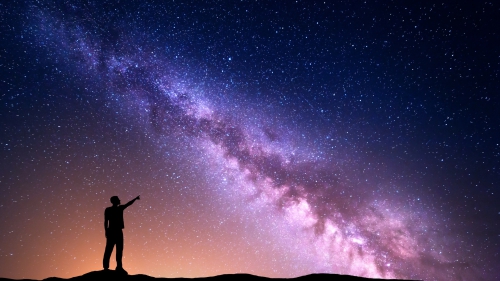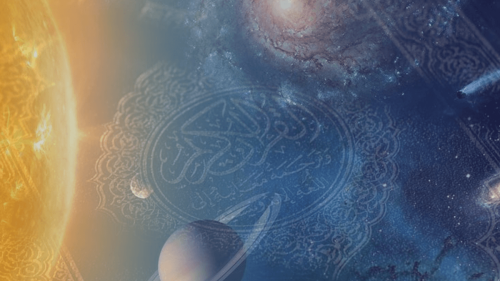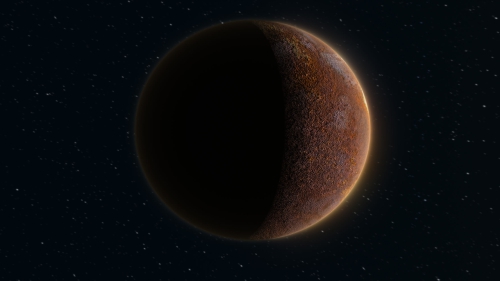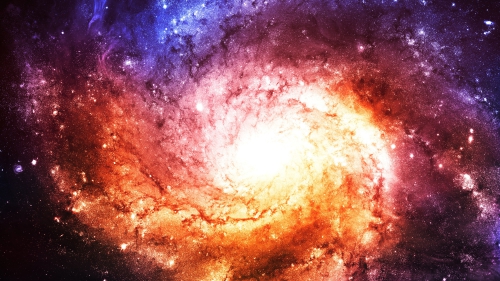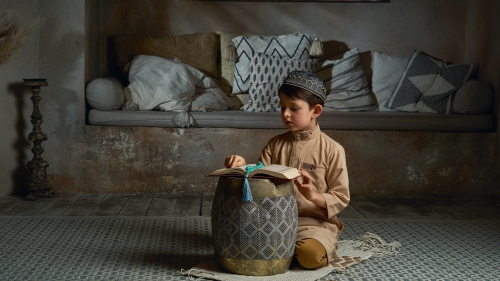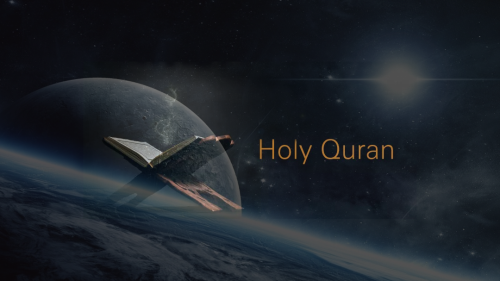Spiral Galaxies and Spirituality
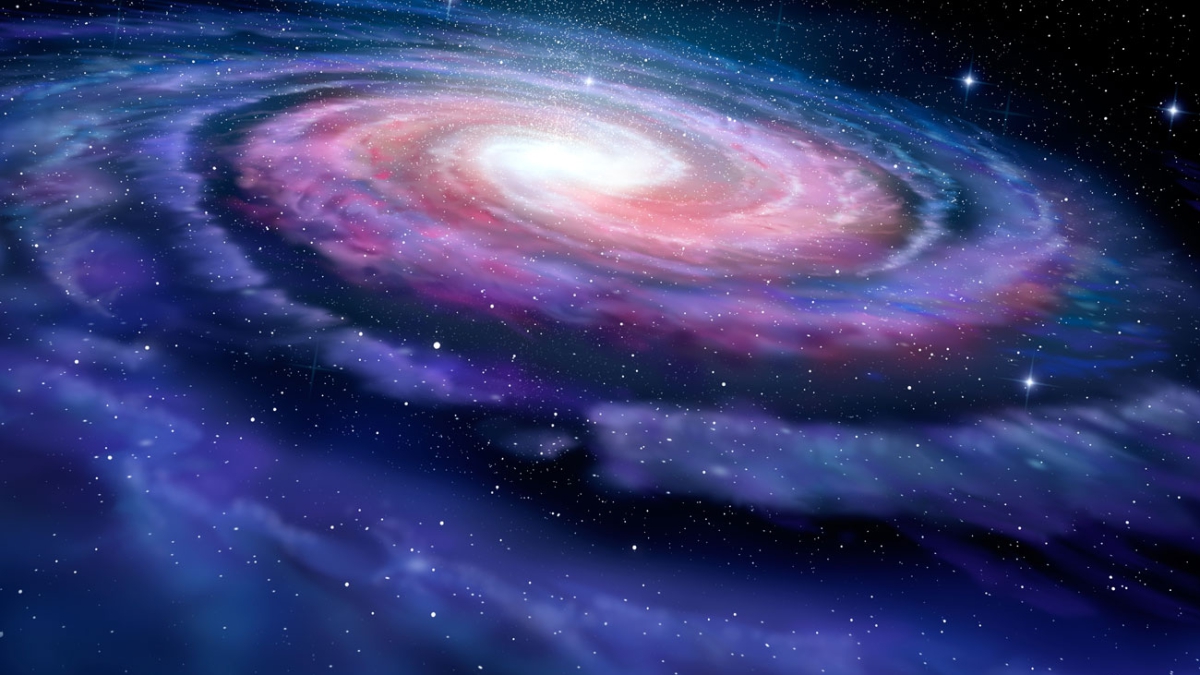
Inquisitive Mind of A Searcher
Salman Hameed started his career peering into the stars. Now, he’s bridging the gap between astrophysics and metaphysics.
The Pakistani-born astronomer leads the Center for the Study of Science in Muslim Societies at Hampshire College, in Western Massachusetts. He teaches courses on integrating science and the humanities, with a special focus on the relationship between science and Islam. And he’s been a guest speaker at the American Association for The Advancement of Science (AAAS) Dialogue on Science, Ethics, and Religion Program, most recently in January. The dialogue between scientific and religious communities can be enriching to both sides, he said.
“We often think that it’s only the scientists who are imparting their wisdom to the crowd or to the public,” Hameed said. “But one of the things that we wanted to emphasize was that it would be a better experience if we think of it as a two-way street, meaning to say that we also learn a lot from others …Sometimes they have a really interesting way of thinking about issues that you may not have thought about before.”
Like other contemporaries in his field, Hameed was inspired by the best-known astronomer of his day: Carl Sagan, whose television show “Cosmos” aired in Pakistan in 1984.
“I was in ninth grade at the time, and after watching the first episode, I wanted to be an astronomer,” he said. “The first episode of Cosmos featured a cosmic calendar at the end that compressed the time frame of the whole universe into a calendar year, and my jaw just dropped.”
He started going to a planetarium in Karachi, where he grew up, but there was a catch: There was no university-level astronomy department in Pakistan at the time. That led him to the United States, where he got a bachelor’s degree in physics and astronomy at Stony Brook University in New York and then graduate school at New Mexico State University in Las Cruces, where he earned his Ph.D. examining how stars form in spiral galaxies.
Searching for Science and Religion's Co-dependence
New Mexico is also the home of the Roswell incident, the genesis of tales of “flying saucers” that fascinated Americans after World War II. Hameed said he was “intrigued” by how many of his students believed in UFOs. That led him to work as a teaching assistant for a class on how scientific ideas evolved —and how they crossed paths with religion sometimes. He eventually taught the course himself.
“That got me interested in these interactions beyond simply astronomy,” he said. Later, at Smith College, he developed a class on astronomy and public policy that delved into issues like searching for extraterrestrial life or planetary protection from asteroids, but also whether astronomers should build telescopes on Hawaiian mountains that native people hold sacred. “I had the freedom to explore questions that are at the intersection of science and humanities.”
Jennifer Wiseman, DoSER’s director, said Hameed is “a wonderful speaker” with a knack for communicating discoveries to a largely religious audience.
“I think that was very helpful for our workshop,” she said. “The scientists are helped by knowing practical things like what kinds of environments you can set up in the classroom that welcome people who are coming from diverse backgrounds, including devoutly religious backgrounds, or what kinds of environments you can create that welcome people in.”
Science and Young Muslims
Much of Hameed’s work now focuses on how science is embraced by modern Muslims, especially younger Muslims. He’s tried to foster that embrace by communicating science in a religious context, giving public lectures in Pakistan and making videos about astronomy in Urdu.
Today, most majority-Muslim countries teach Darwin’s theory of evolution in high schools with little question, and universities study the field of genetics that stems from it. There is a strain of Muslim creationism that rejects human evolution, he said, though it doesn’t embrace the belief that the Earth is only a few thousand years old.
So Islam “is a really friendly religion to science,” he said. But there’s a flip side to that friendliness: There’s a trend of looking to the Quran as a science book, “and if you interpret it in certain ways, then you can find, for example, a mention of relativity or quantum physics or other types of things.” It’s comparable to best-selling books in the 1990's that argued that hidden messages about current events could be found in the Bible, he said.
“That is another place where young, aspiring minds can be diverted into that kind of an endeavor, which actually doesn’t lead to any scientific development,” Hameed said.
A bigger concern, especially for Muslim scientists working in the United States, Europe, and other Western countries, is that Islamophobia and the anti-religious truculence of some scientists can drive a wedge between researchers in the lab.
“There are a lot of scientists who are religious and have no problem with religion, or they are not religious and have no problem with religion,” Hameed said. “But active hostility can turn off some students, in particular if they think that pursuing science would mean a choice between their religion or science.” For many of those students, their faith “is not just a doctrine — it’s their life. It’s the society that’s formed around that, the culture that is formed around that, your family that is formed around that.”
And what’s often lost in those discussions is the diversity of the adherents of a religion that includes more than 1.5 billion people across the globe.
“People oftentimes when they are talking about Saudi Arabia, that’s the stand-in for Muslims. They don’t think about, for example, Dave Chappelle or Mahershala Ali, who recently won an Oscar, or Muhammad Ali,” Hameed said.
“Where are Muslims? They’re everywhere, in fact, and they’re shaped as much by their culture and their society, and religion is only one of their identities.”
( Source: American Association for the Advancement of Science )
Topics: Astronomy, Islam And Science, Muslim Scientists
Views: 1901
Related Suggestions








